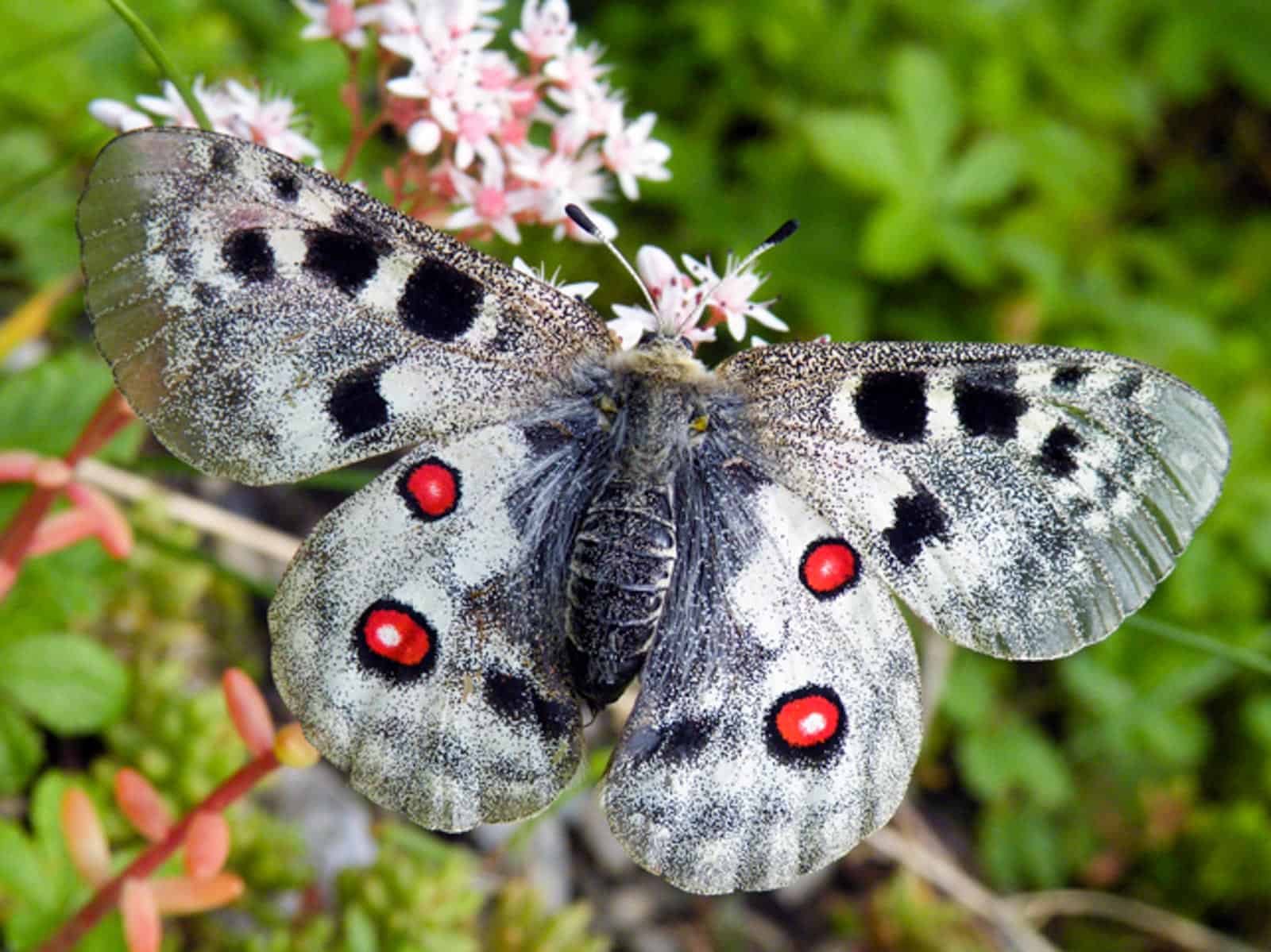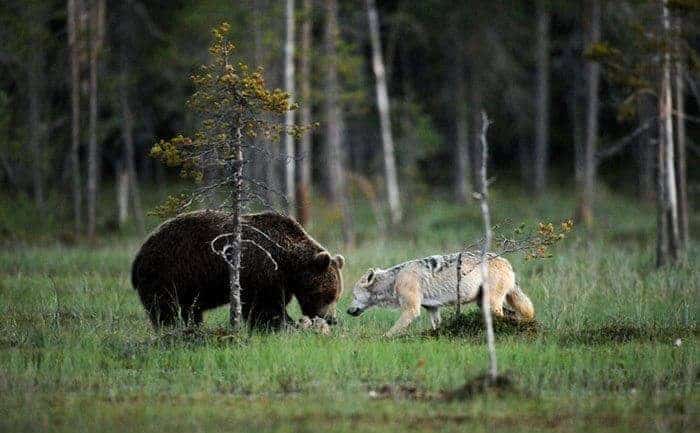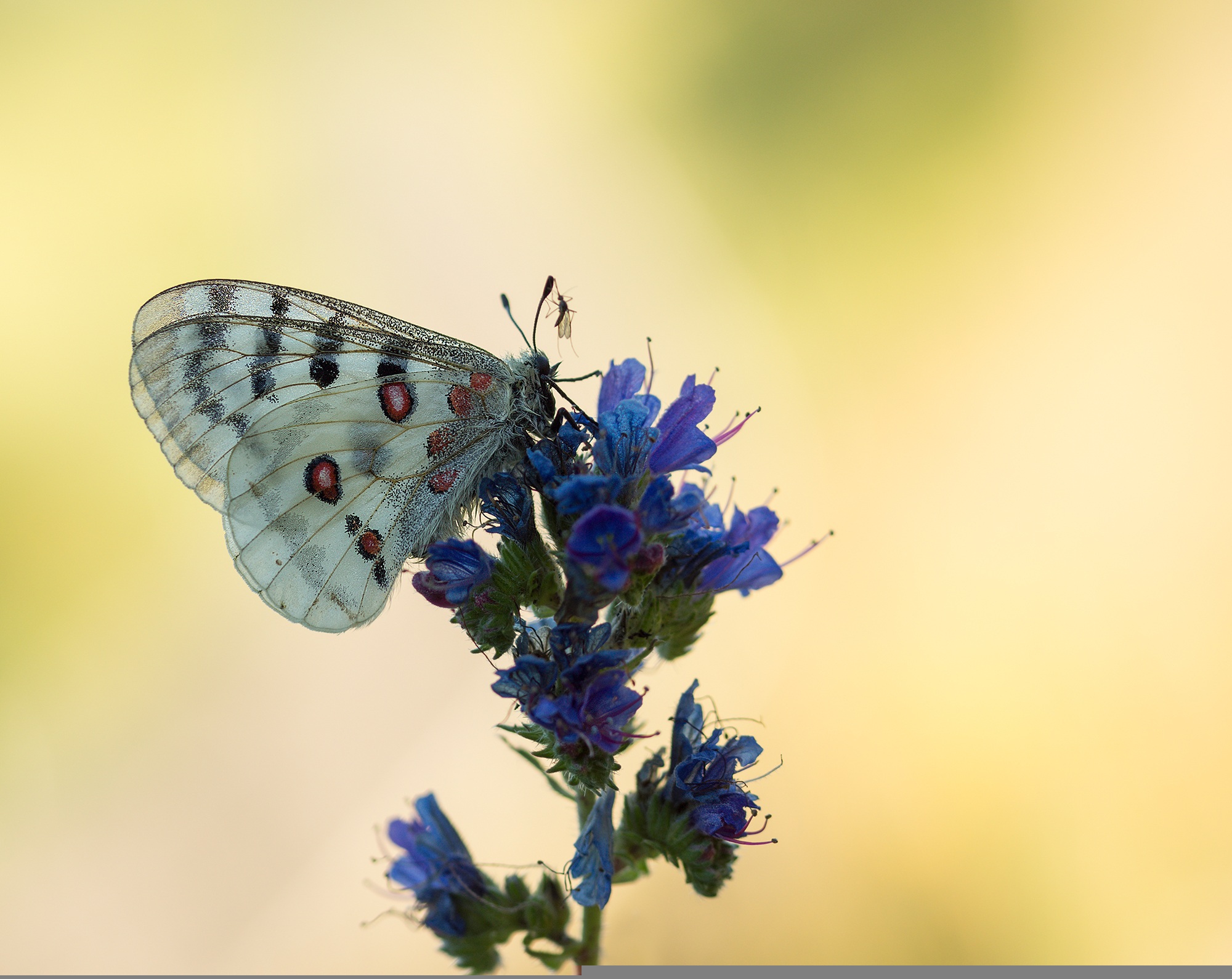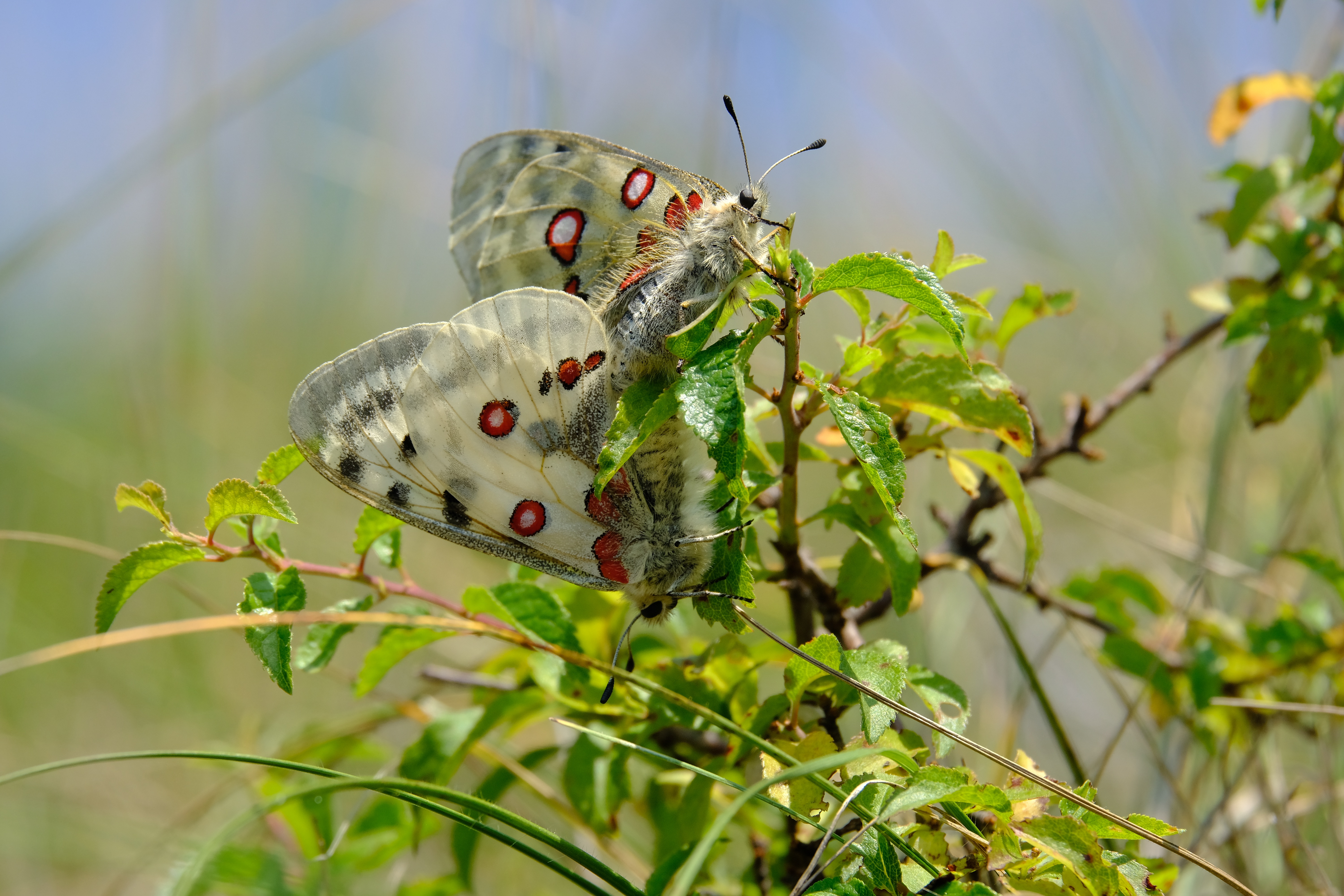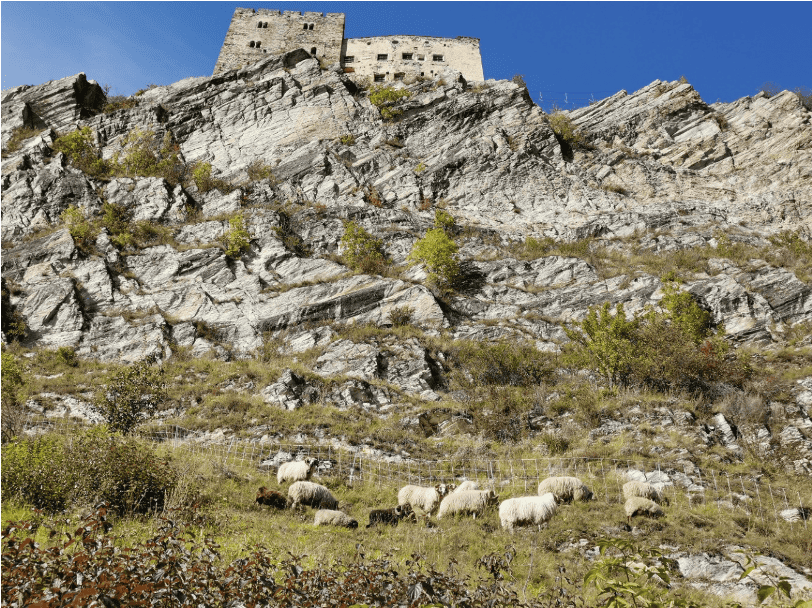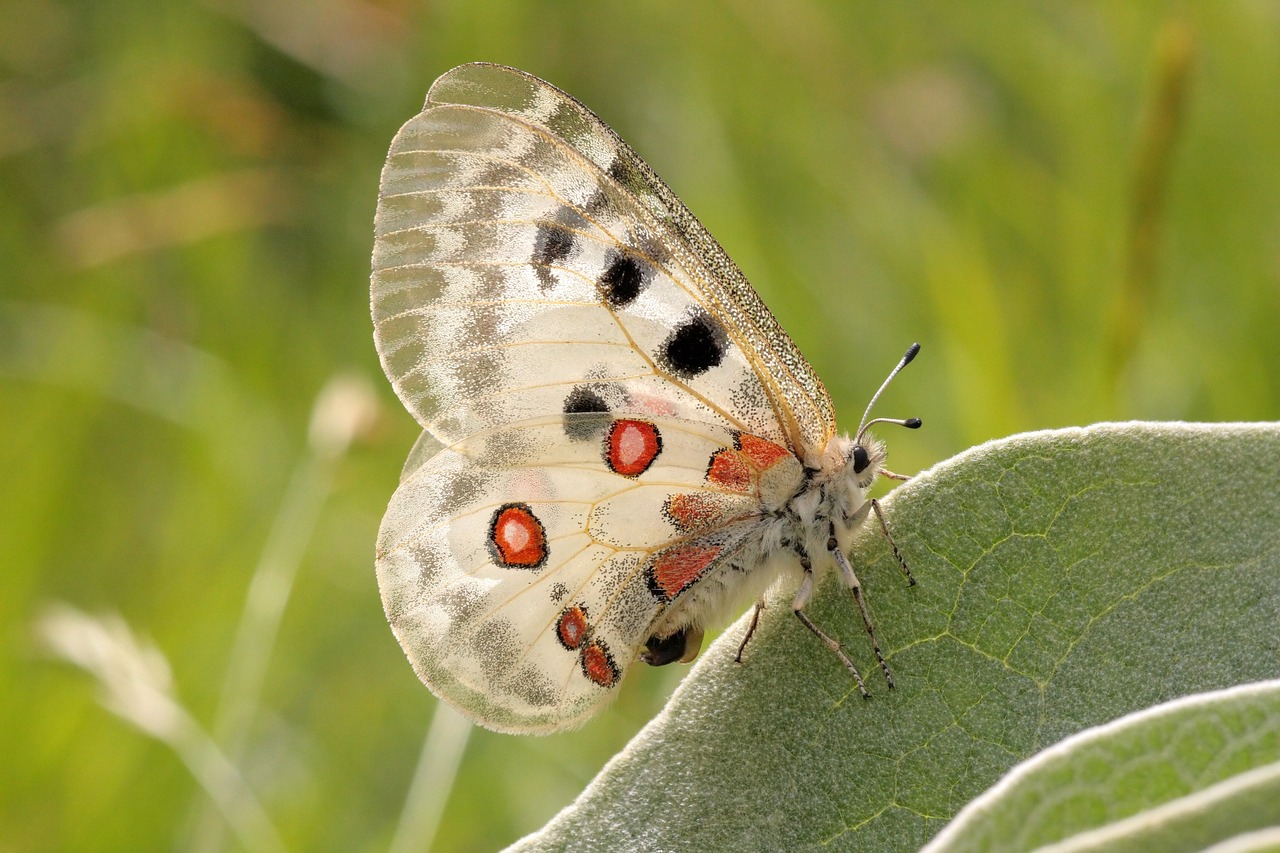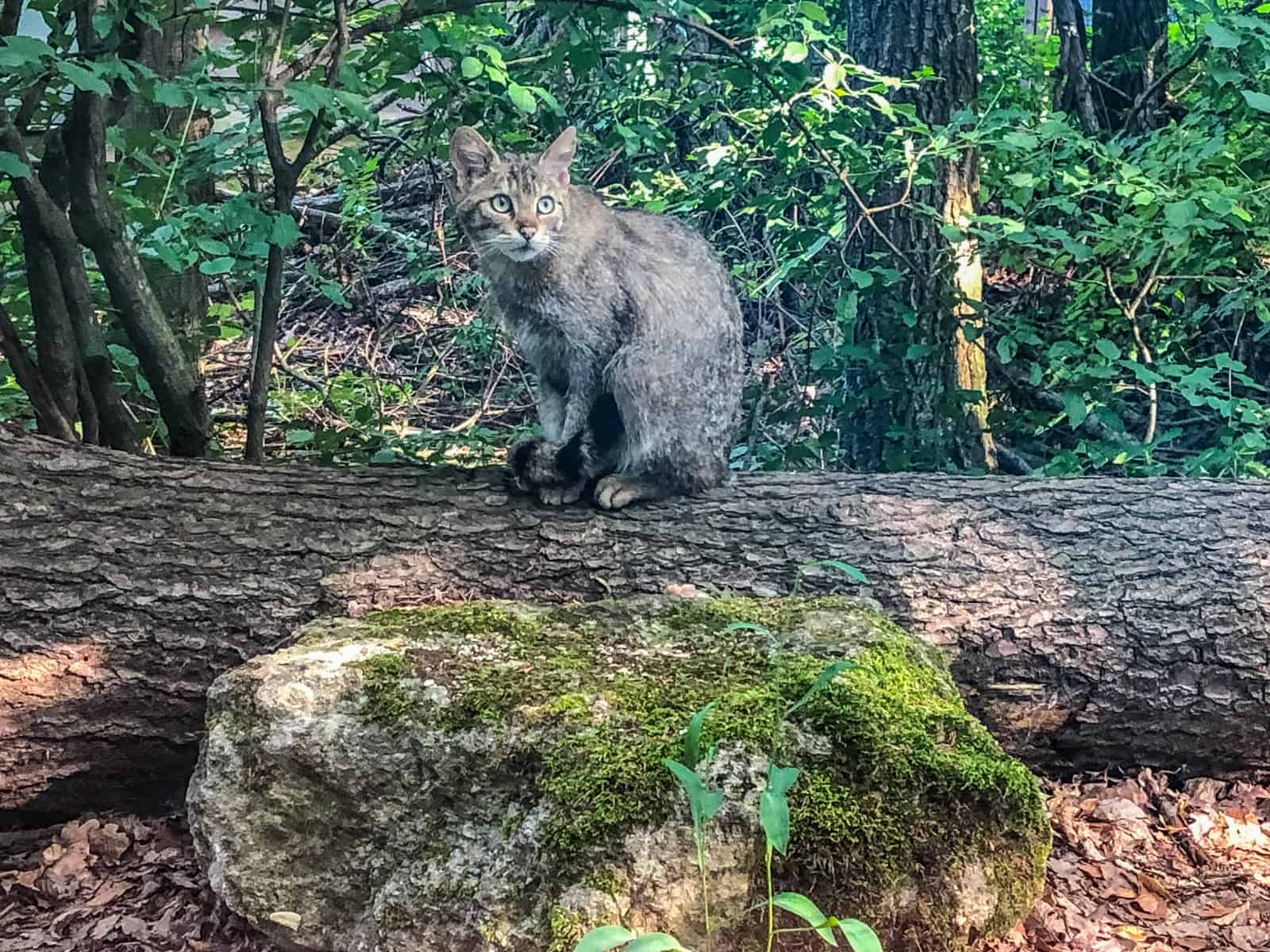How the Apollo butterfly can save entire ecosystems
The Apollo butterfly (Parnassius apollo) is one of the most threatened butterflies in Europe. Over the past 25 years, its numbers have declined by 20-50%. It is thus not a surprise that the Apollo is listed under CITES, the Convention on International Trade in Endangered Species, for better protection. The Apollo is also on the list of the Habitats Directive in Annex IV, and in Annex II of the Bern Convention. Protecting the Apollo butterfly will not only benefit the species itself, but with it many other species and important habitats.
Apollo butterfly metamorphosis
Please also read: We are losing 40% of insects forever
What makes the Apollo butterfly special?
The IUCN Red List of Threatened Species classifies the Apollo as ‘near threatened’ in Austria. In other countries it is even critically endangered (e.g. in Poland), or extinct (e.g. in Czech Republic). It is thus clear that the species is in need of protection, in order to secure its future. The Apollo butterfly likes to live on open and southern-facing slopes where the right plants are growing. It prefers to live in mountain meadows and pastures, where there are usually cold winters and warm summers. It has a relative long lifecycle, consisting of an egg-, five different caterpillar- , a pupa (larva)- and an imago-stage. During the imago stage, there are generally more males than females flying about. In fact, the male butterflies are territorial and patrol their habitats to chase off rival males.

Apollo butterfly imago 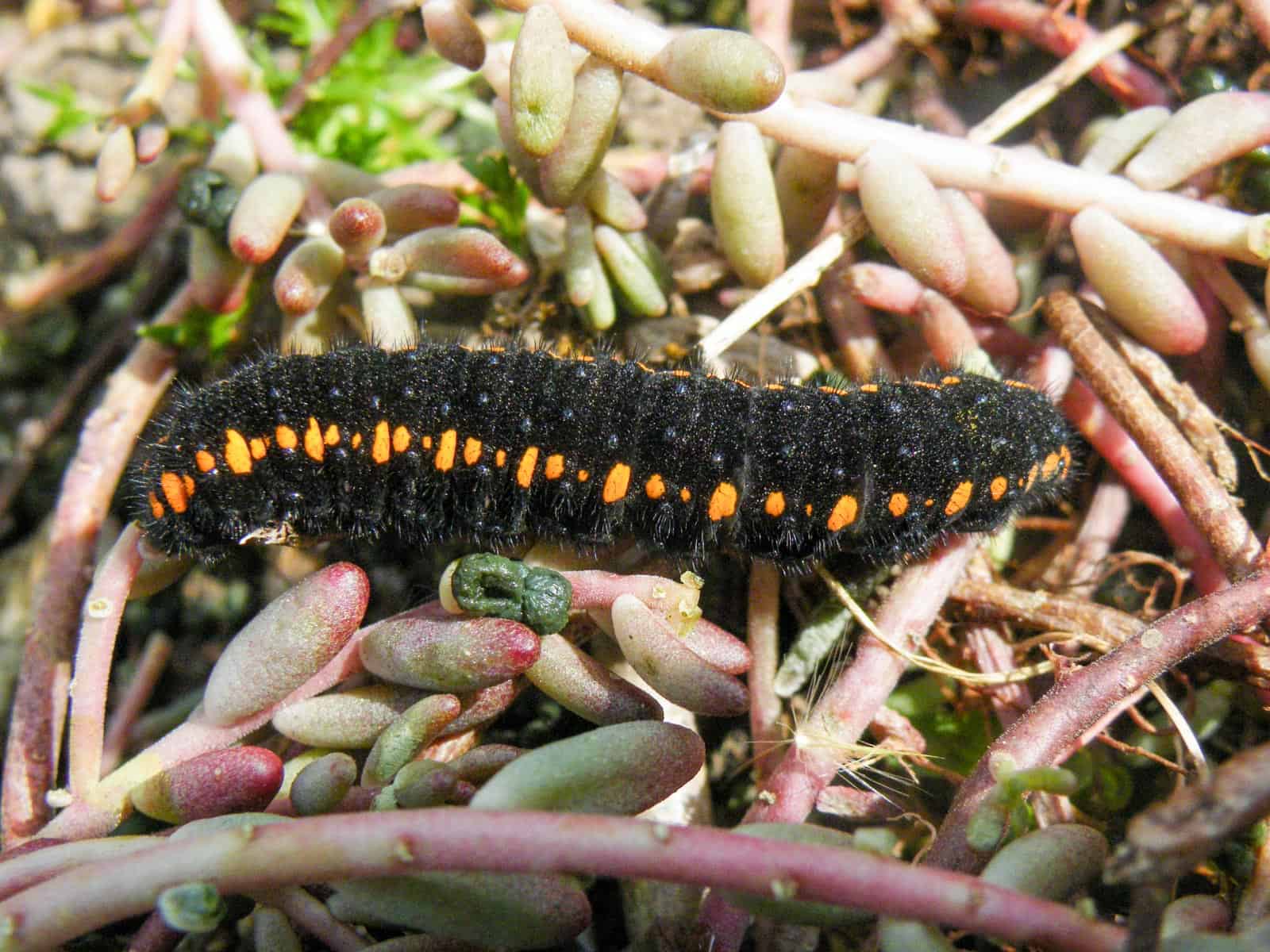
Apollo caterpillar
The Apollo as an umbrella species
As a caterpillar, the Apollo needs habitats with sufficient plants to feed on. Usually, such habitats are open rocky slopes that receive a lot of sunlight. The caterpillars feed on a selection of plant species, mostly Sedum plants. After the pupa stage, the butterflies need habitats that provide plants with nectarous flowers. When both types of habitats occur in the right conditions, it is very likely that the Apollo butterfly will feel right at home.
Protecting the Apollo butterfly also means protecting the habitats it needs. By protecting the fresh meadows and rocky slopes, entire ecosystems can be protected that benefit many more species than just the Apollo. So actually, the Apollo functions as an umbrella species for the protection of many other species.
New project developed to protect the Apollo
The European Wilderness Society was invited by Klub Przyrodników, an experienced coordinating partner from Poland to join a project for the conservation of the Apollo. Together with six skilled partners, the project focuses on regions in Poland, the Czech Republic and Austria. It has the goal to improve the protection of Apollo breeding habitats and feeding grounds, performing habitat preparation measures, as well as reintroduction of bred Apollo imagines.
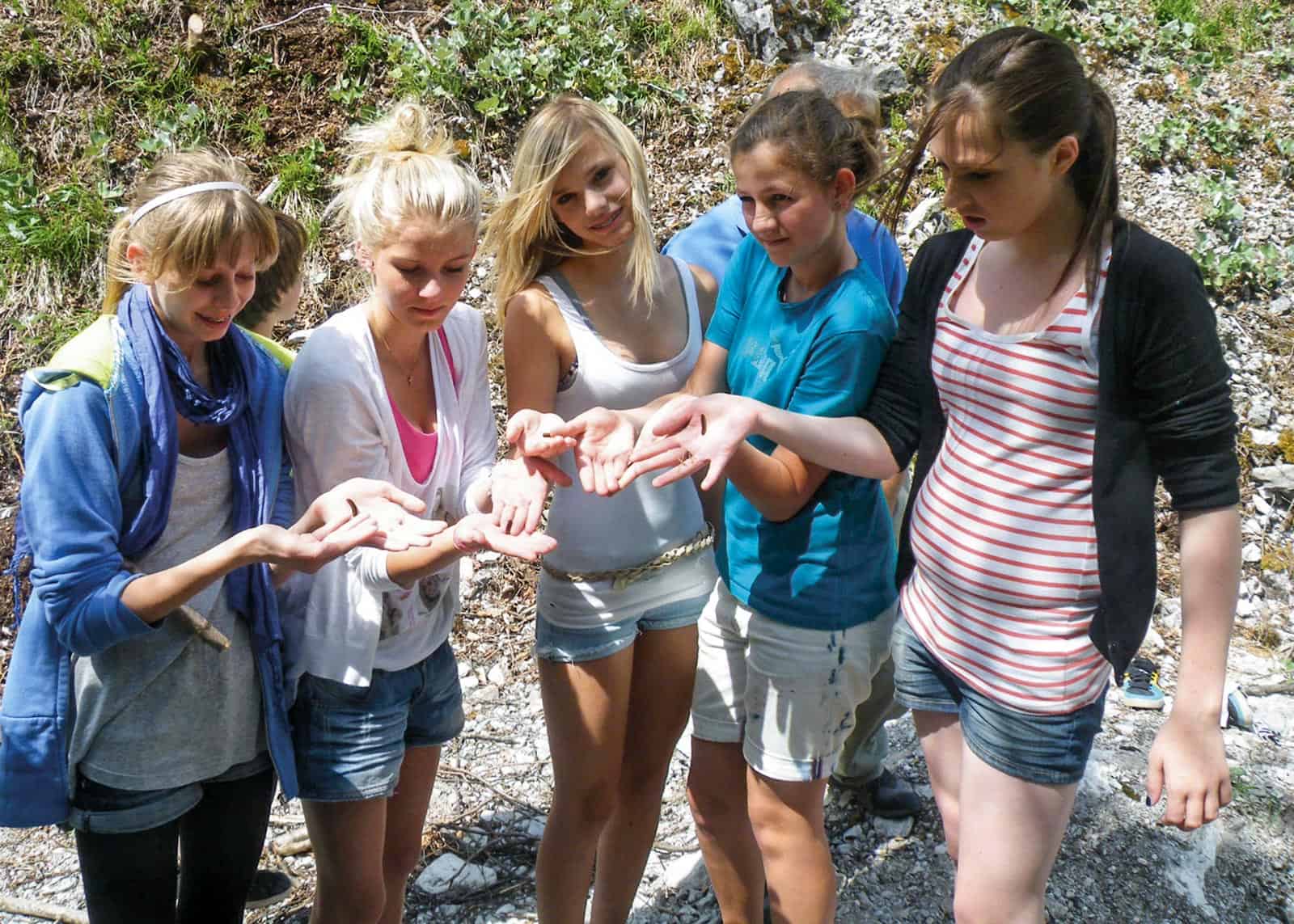
Parnassius apollo reintroduction 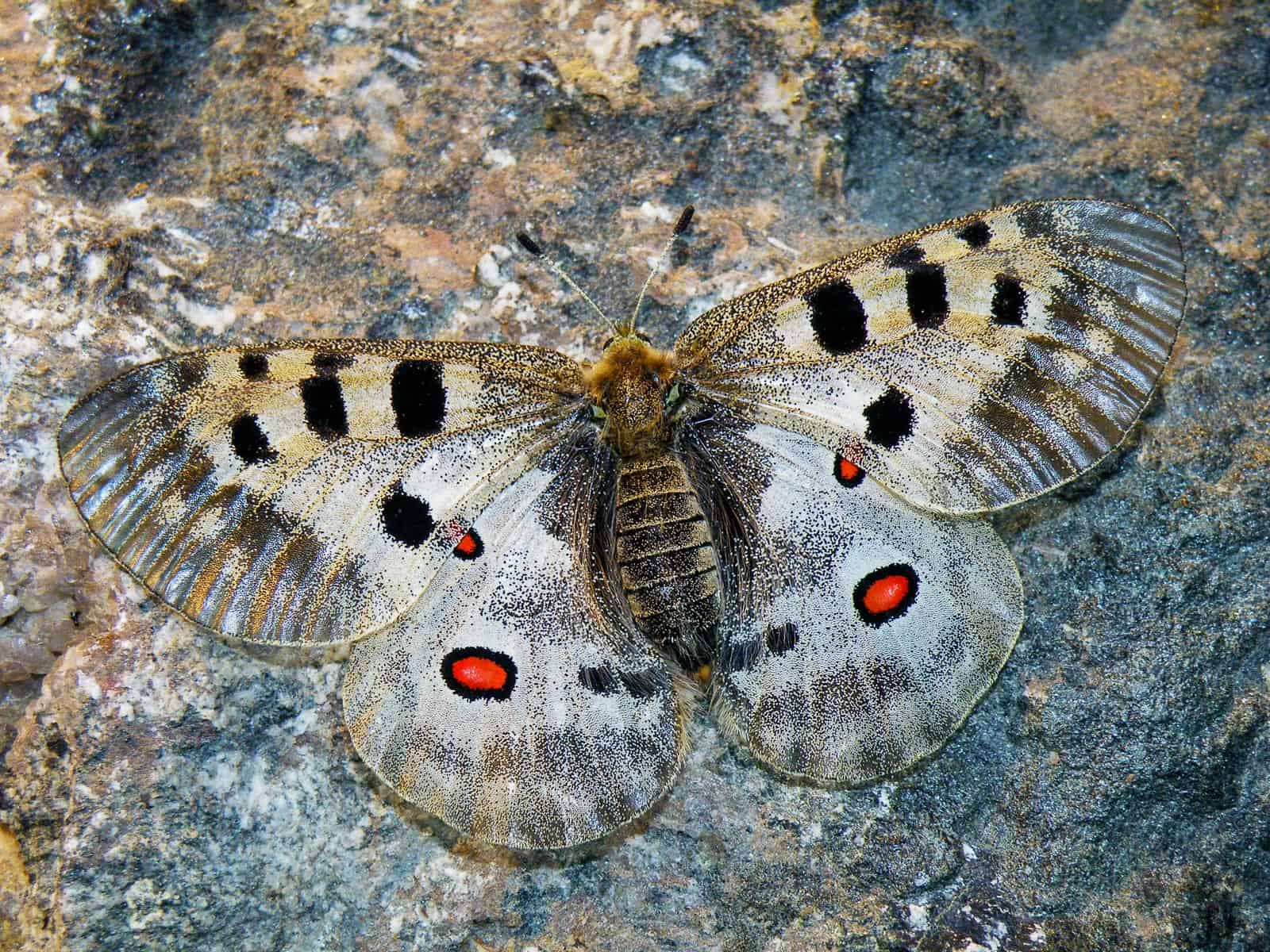
Parnassius apollo 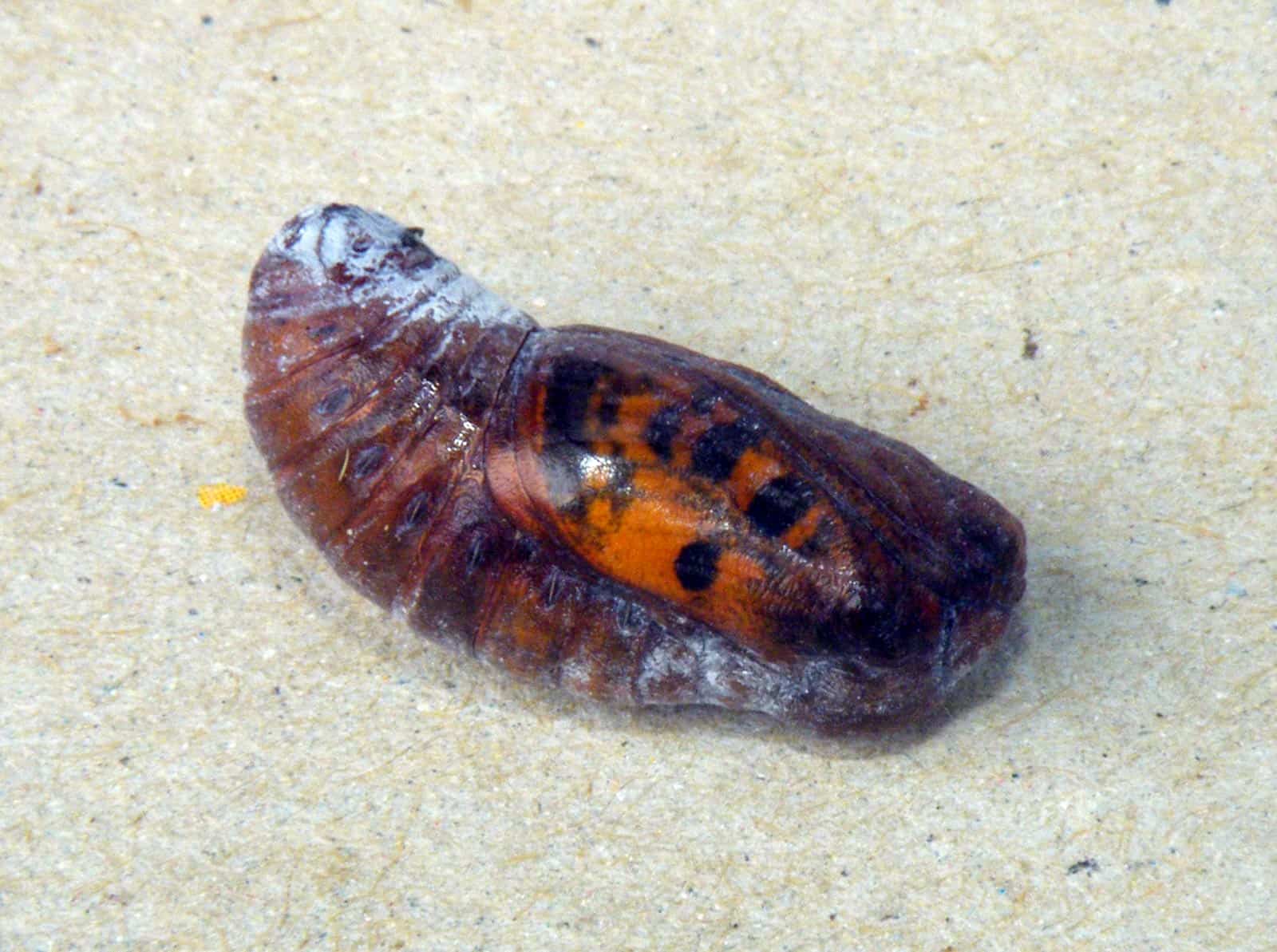
Parnassius apollo larvae 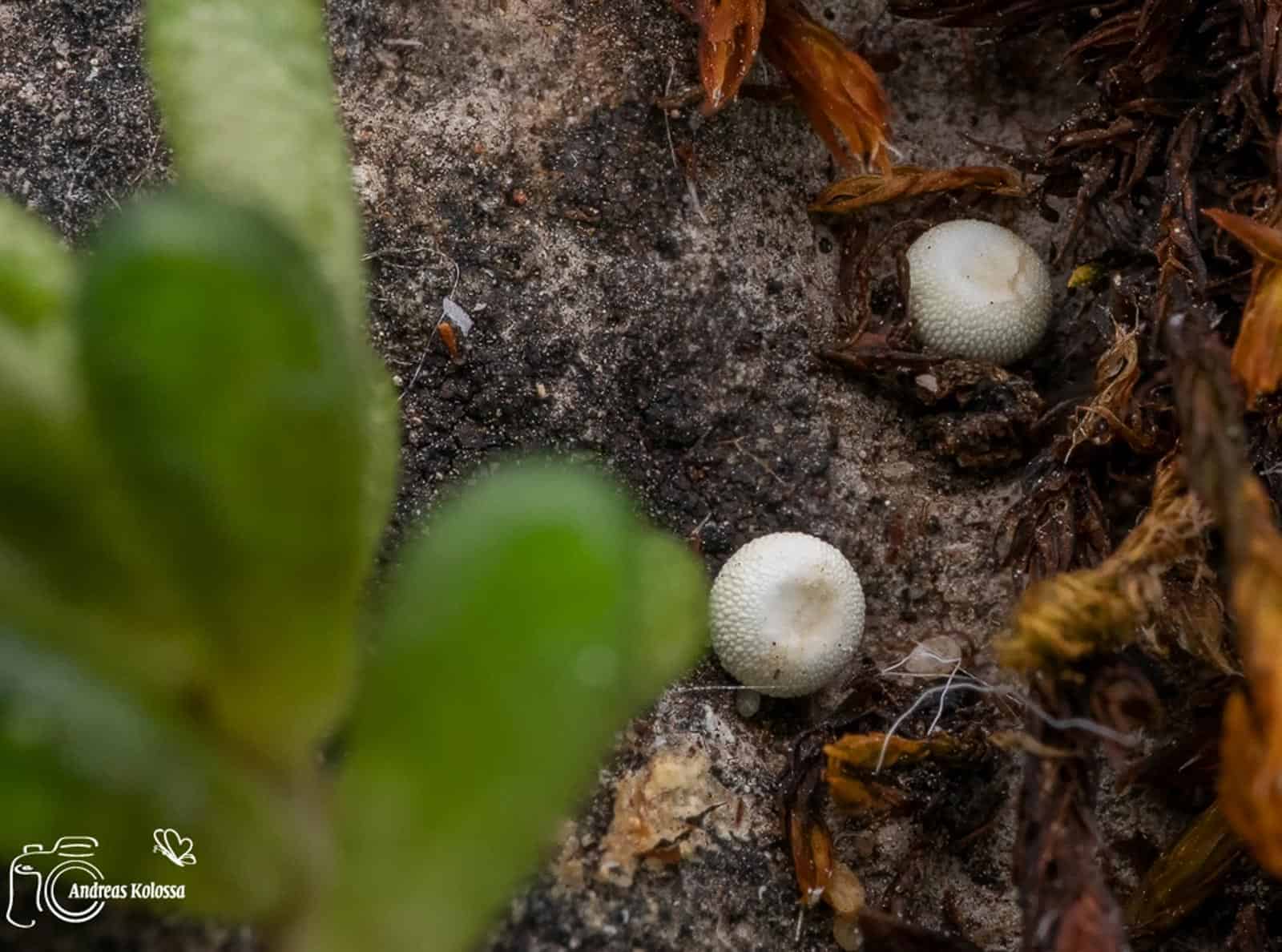
Parnassius apollo egg 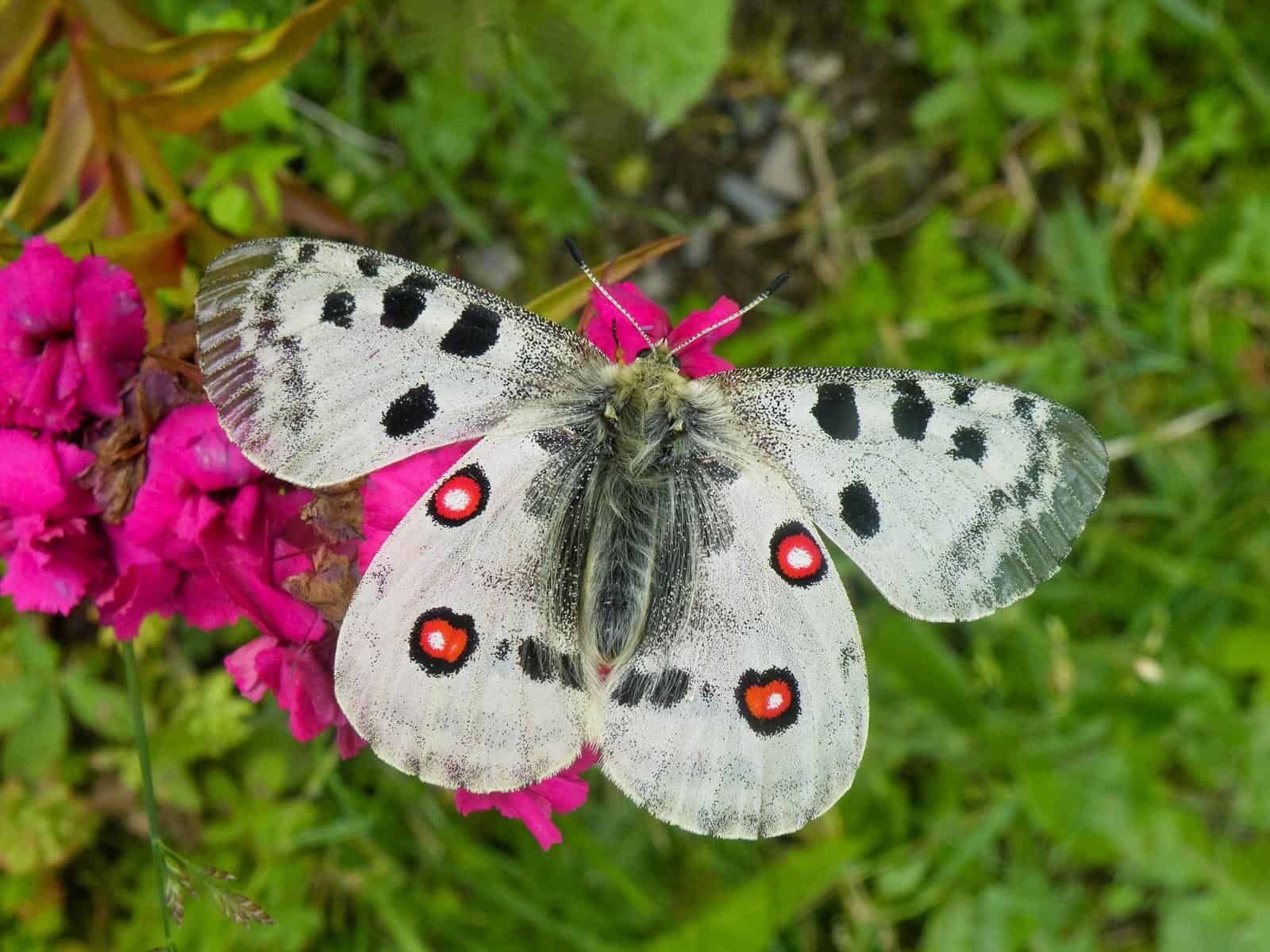
Apollo butterfly
The project activities will take place on nearly 40 sites in and outside Natura 2000 areas. In close cooperation with landowners and relevant authorities, we will work on different ways to restore, strengthen and protect the Apollo populations. More than 80 support letters from Ministries, environmental organisations and butterfly experts from around the world also reflect the importance and need for such a project.
The project successfully passed the first round last year. Now, the lead partner has submitted the full project proposal for the second round. When the European Commission approves the project proposal, the partner consortium plans to start the project in September this year. Stay tuned for more updates!

